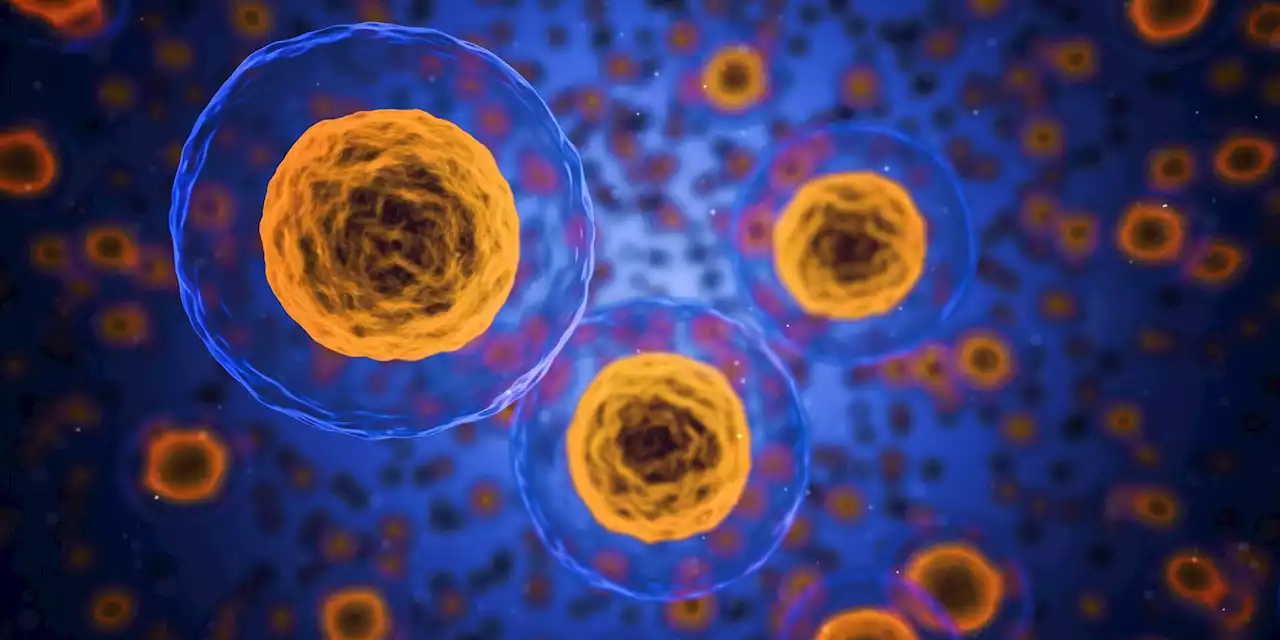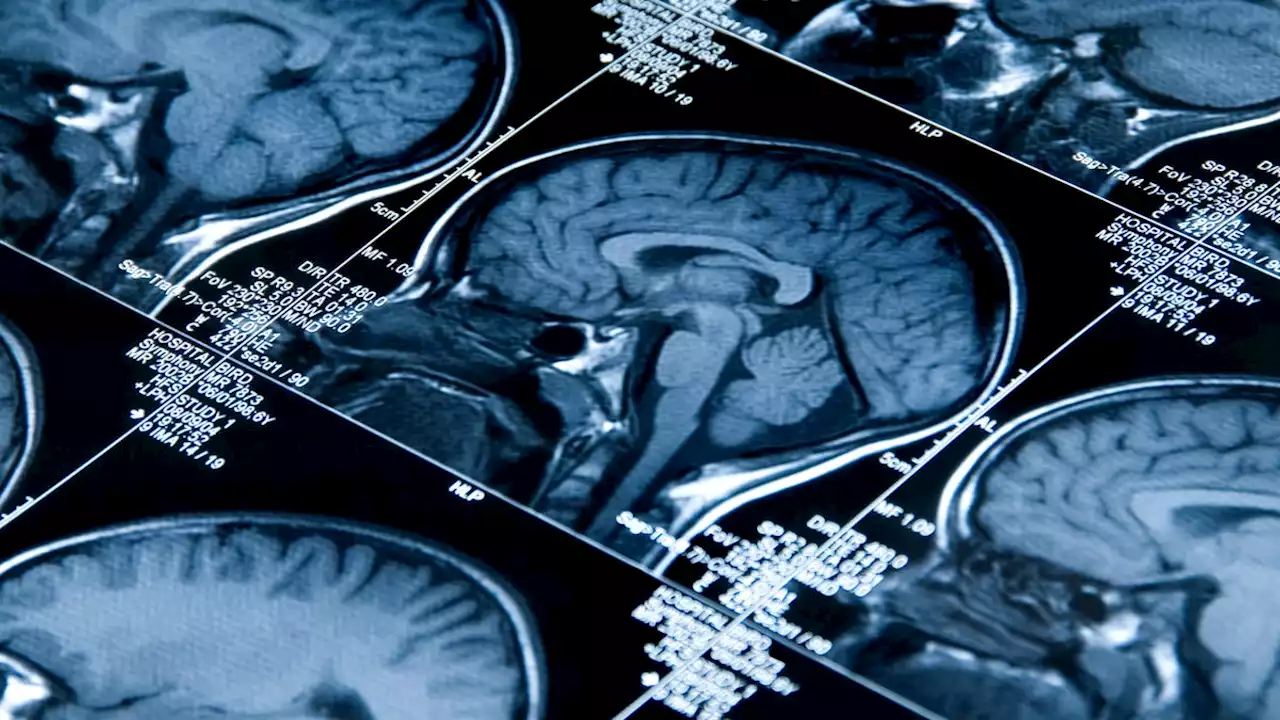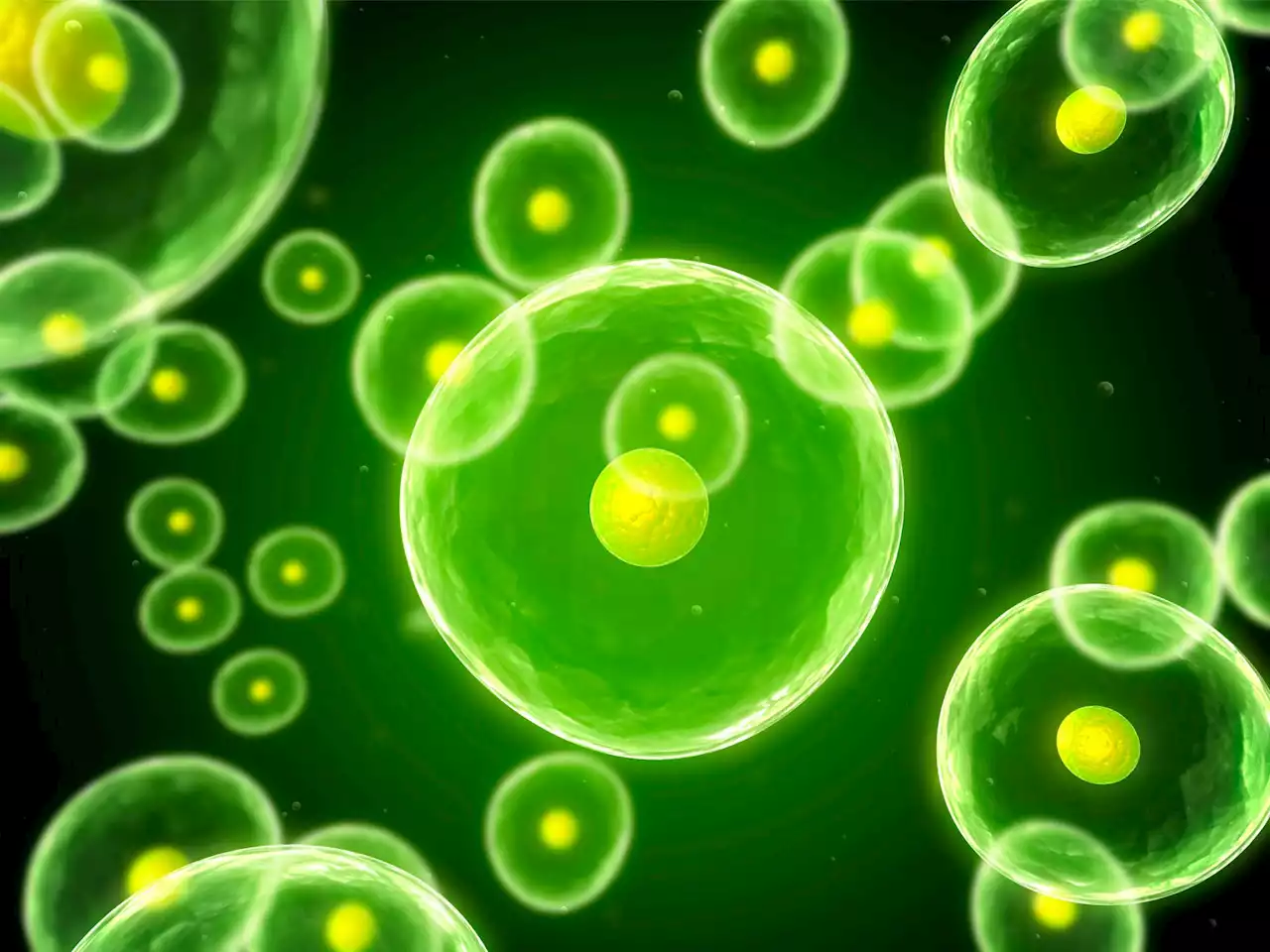Senescent Cells Help To Heal Damaged Tissues According to a recent study from the University of California, San Francisco, not all senescent cells are detrimental 'zombies' that need to be eliminated to avoid age-related diseases. Instead, some of them are embedded in young, healthy tissues and pro
Senescent cells are distinct in that they eventually stop multiplying but do not die off as expected.University of California, San Francisco
Scientists have now seen these cells in action in lung tissue as well as other organs that serve as barriers in the body, such as the small intestine, colon, and skin. When they employed drugs known as senolytics to eliminate these cells, lung tissue damage healed more slowly. Using senolytics, which target and destroy “zombie cells,” researchers discovered that removing senescent cells from animals prevented or reduced age-related disease and increased the animals’ lifespan. Following that, there was a surge of activity in research laboratories and pharmaceutical companies focused on discovering and refining more potent versions of these drugs.
To create a more powerful tool for their studies, postdoctoral scholar Nabora Reyes de Barboza, Ph.D. and colleagues improved on a common technique of fusing a relevant gene—in this case, the p16 gene, which is overly active in senescent cells—with green fluorescent protein as a marker that can reveal the location of the cells under ultraviolet light.
United States Latest News, United States Headlines
Similar News:You can also read news stories similar to this one that we have collected from other news sources.
 Letter: The Tanners were never anti-Mormon, only anti-liesYour heading, “epicenter of anti-Mormonism,” is absolutely offensive and not the correct expression for the 60 years of a lifetime of the studies and dedication of Jerald and Sandra Tanner. In LDS circles they are only known as being “anti-Mormon.” Terrible.
Letter: The Tanners were never anti-Mormon, only anti-liesYour heading, “epicenter of anti-Mormonism,” is absolutely offensive and not the correct expression for the 60 years of a lifetime of the studies and dedication of Jerald and Sandra Tanner. In LDS circles they are only known as being “anti-Mormon.” Terrible.
Read more »
 Study illuminates molecules aiding communication inside cellsNew research from the Lippincott-Schwartz Lab at HHMI's Janelia Research Campus being presented at Cell Bio 2022 provides a close-up look at the individual molecules that facilitate communication between cellular structures. The new research, which is also posted as a preprint on bioRxiv, shows that these molecular tethers are much more dynamic and complex than previously thought, revealing new insights about their role in helping to keep cells alive.
Study illuminates molecules aiding communication inside cellsNew research from the Lippincott-Schwartz Lab at HHMI's Janelia Research Campus being presented at Cell Bio 2022 provides a close-up look at the individual molecules that facilitate communication between cellular structures. The new research, which is also posted as a preprint on bioRxiv, shows that these molecular tethers are much more dynamic and complex than previously thought, revealing new insights about their role in helping to keep cells alive.
Read more »
 Teenage brains may be aging faster due to stress from the pandemic, study findsThe COVID pandemic has heavily impacted teenage mental health, exacerbating rates of anxiety and depression. But a new study found it may have also aged their brains by a few years.
Teenage brains may be aging faster due to stress from the pandemic, study findsThe COVID pandemic has heavily impacted teenage mental health, exacerbating rates of anxiety and depression. But a new study found it may have also aged their brains by a few years.
Read more »
 Cancer Weakness Discovered: New Method Pushes Cancer Cells Into RemissionCancer cells delete DNA when they go to the dark side, so a team of doctors and engineers targeted the 'backup plans' that run essential cell functions. Researchers at the University of Michigan and Indiana University have discovered a cancer weakness. They found that the way that tumor cells ena
Cancer Weakness Discovered: New Method Pushes Cancer Cells Into RemissionCancer cells delete DNA when they go to the dark side, so a team of doctors and engineers targeted the 'backup plans' that run essential cell functions. Researchers at the University of Michigan and Indiana University have discovered a cancer weakness. They found that the way that tumor cells ena
Read more »
 Pharmacies seeing shortages of hundreds of medicines, including critically important antibioticsAccording to the FDA, 123 of 184 listed drugs are currently in some kind of shortage.
Pharmacies seeing shortages of hundreds of medicines, including critically important antibioticsAccording to the FDA, 123 of 184 listed drugs are currently in some kind of shortage.
Read more »
 Will Houston’s recent water woes prompt changes to the state’s aging infrastructure?The boil water notice affected millions of Texans and led to a two-day shutdown of area schools and disrupted local business. Water experts say the incident should direct cities to look at their own water containment equipment and consider possible upgrades.
Will Houston’s recent water woes prompt changes to the state’s aging infrastructure?The boil water notice affected millions of Texans and led to a two-day shutdown of area schools and disrupted local business. Water experts say the incident should direct cities to look at their own water containment equipment and consider possible upgrades.
Read more »
